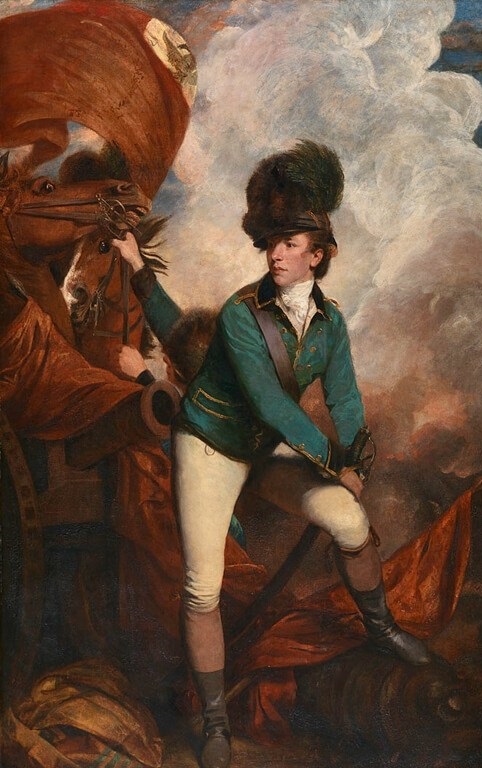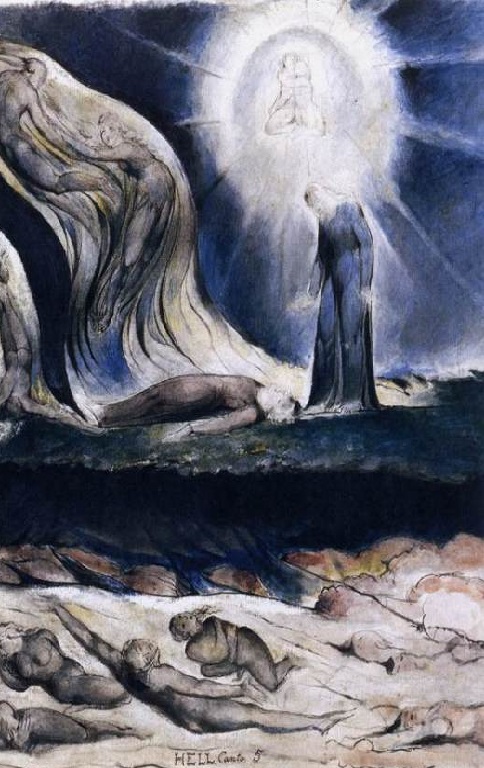Alexander Ivanovich Kuprin
"Language is the history of the people, language is the path of civilization and culture ..."
"Language is the history of the people, language is the path of civilization and culture ..."
"Language is a pre-prepared path or pattern of thought."
"Beware of the refined language, the language must be simple and elegant."
"Language is either given entirely, or it is not at all"
The Old English Latin alphabet or the Anglo-Saxon Latin alphabet is one of the two Old English scripts. As a rule, it consisted of 24 letters and was used for writing in the 9th-12th centuries. Of these, 20 were directly Latin letters, two versions of Latin letters (Ææ, Ðð), and two graphemes were borrowed from the runic alphabet (Þþ, Ƿƿ). The letters K, Q and Z were not used in writing Anglo-Saxon words.
Grammar of the Old English language is quite different from the grammar of modern English. Being one of the ancient Germanic languages, the Old English has a morphological system that is similar to the Pragermanic, preserving many of the changes that were common in the Indo-European language, as well as the characteristic elements of German grammar, for example, umlaut.
The old english dictionary.

There are few painters in the world who have bathed in the rays of glory during their lifetime. And at the same time managed to stay in the memory of the descendants. English artist Joshua Reynolds was one of these lucky ones.

William Blake was an extraordinary person. From childhood he was visited by mystical visions. And when he grew up, he became an anarchist. He did not recognize the laws and morality. Believing that freedom of man is so oppressed.

Gainsborough can rightfully be called the most famous English artist of the 18th century. He lived at the same time as Reynolds. They were rivals.